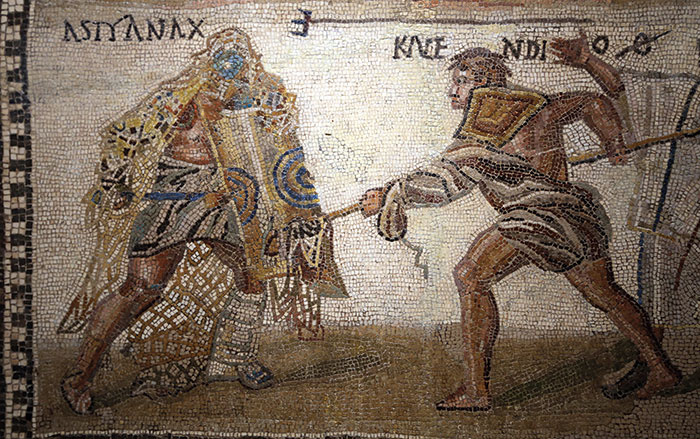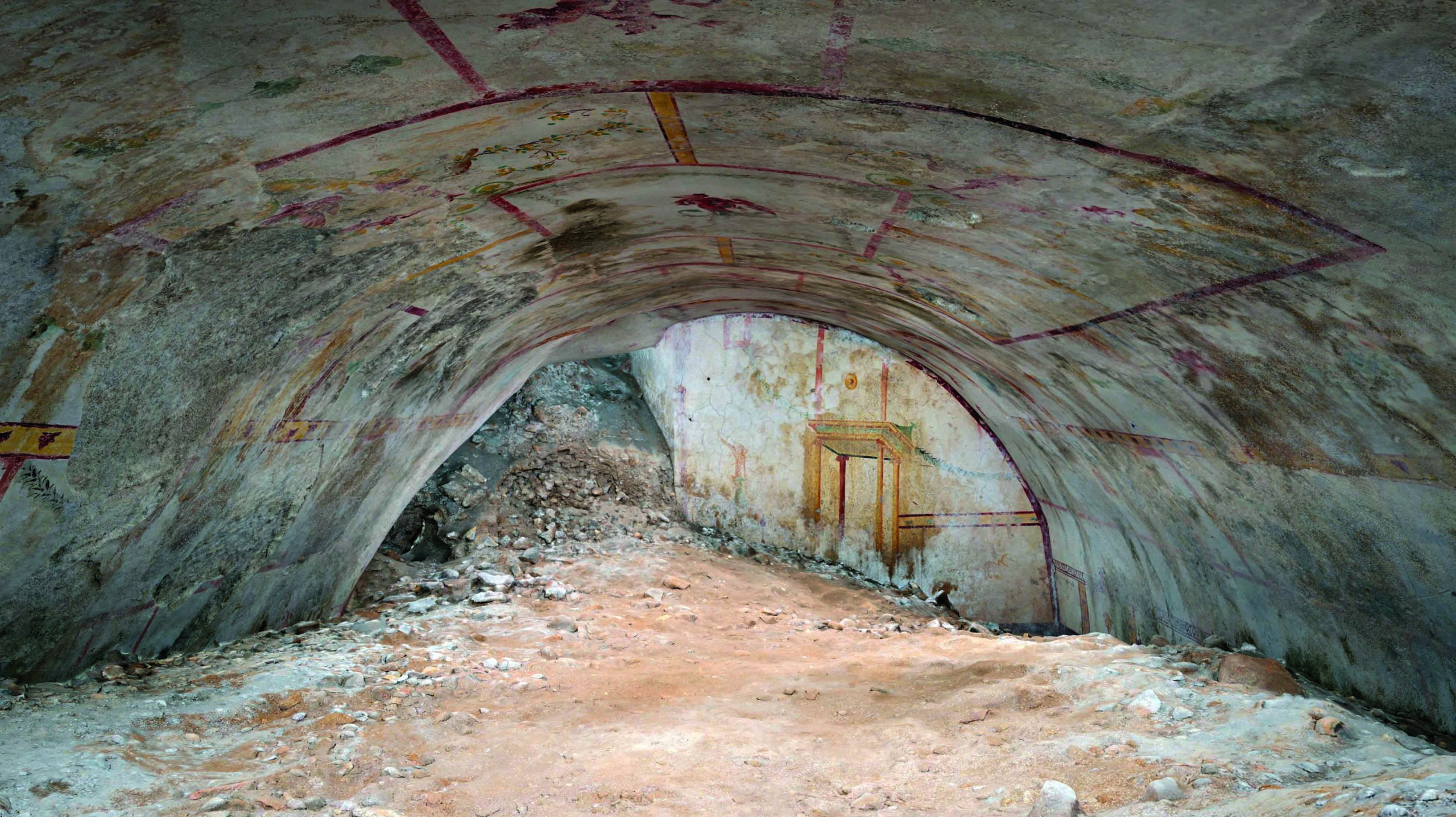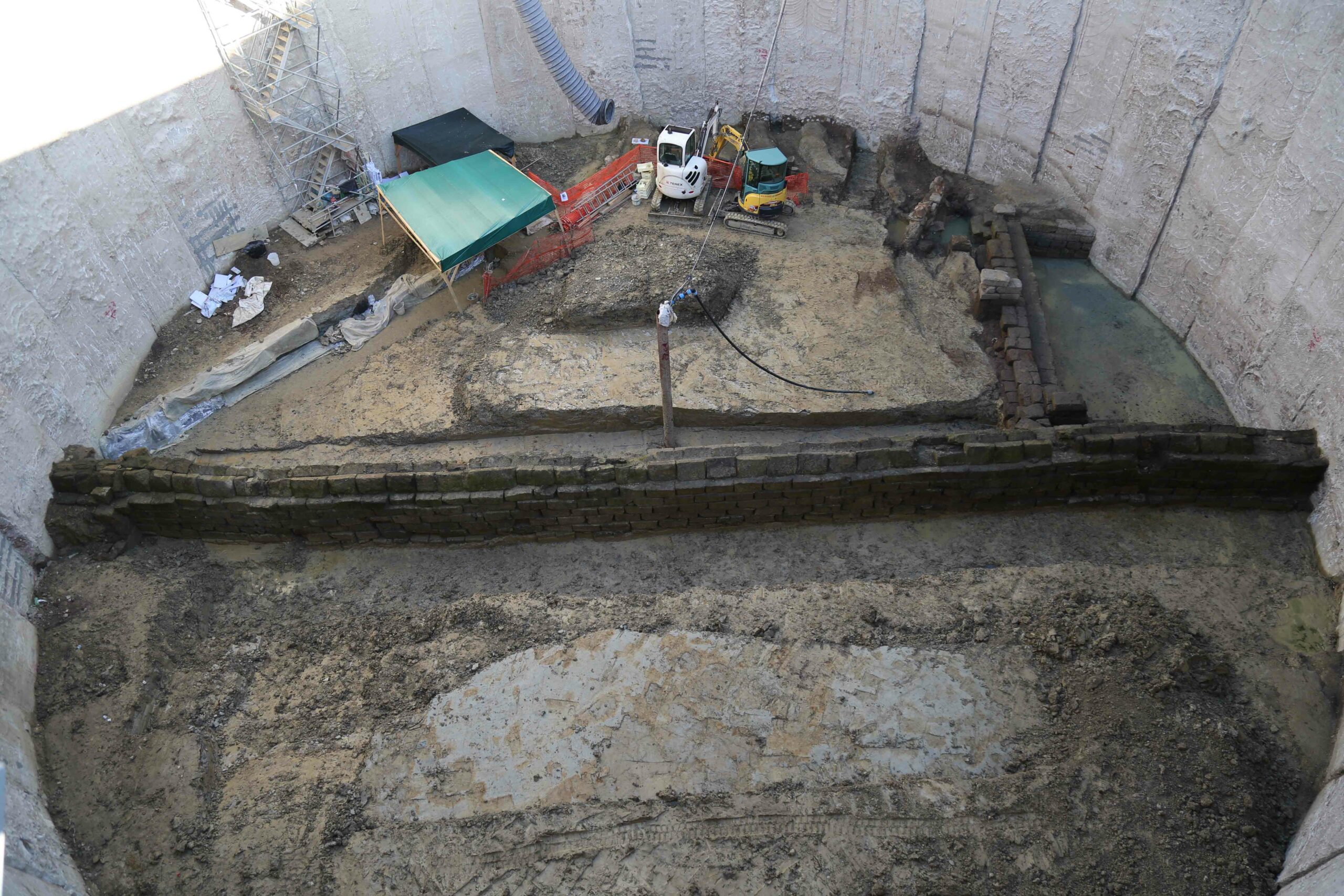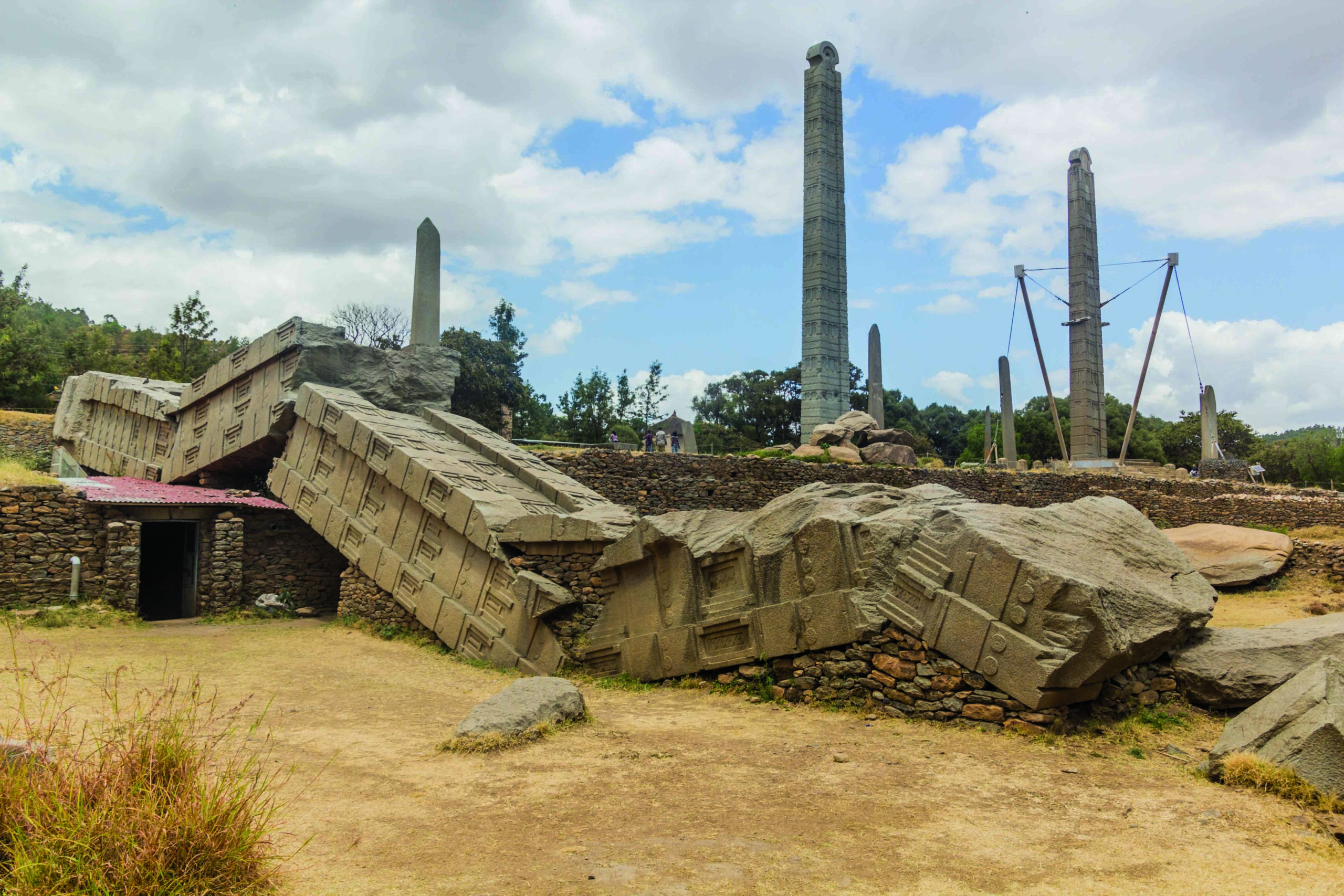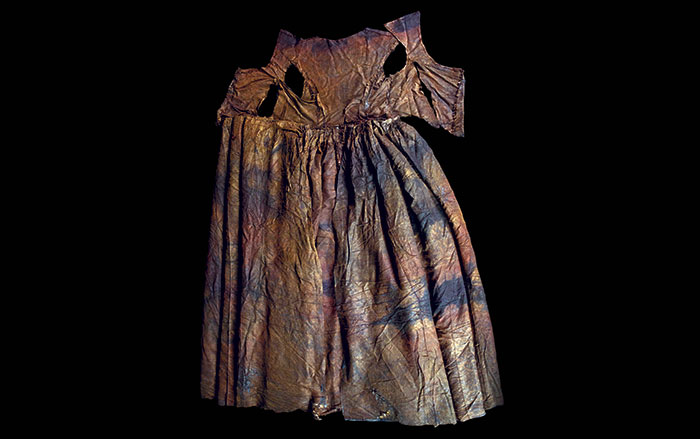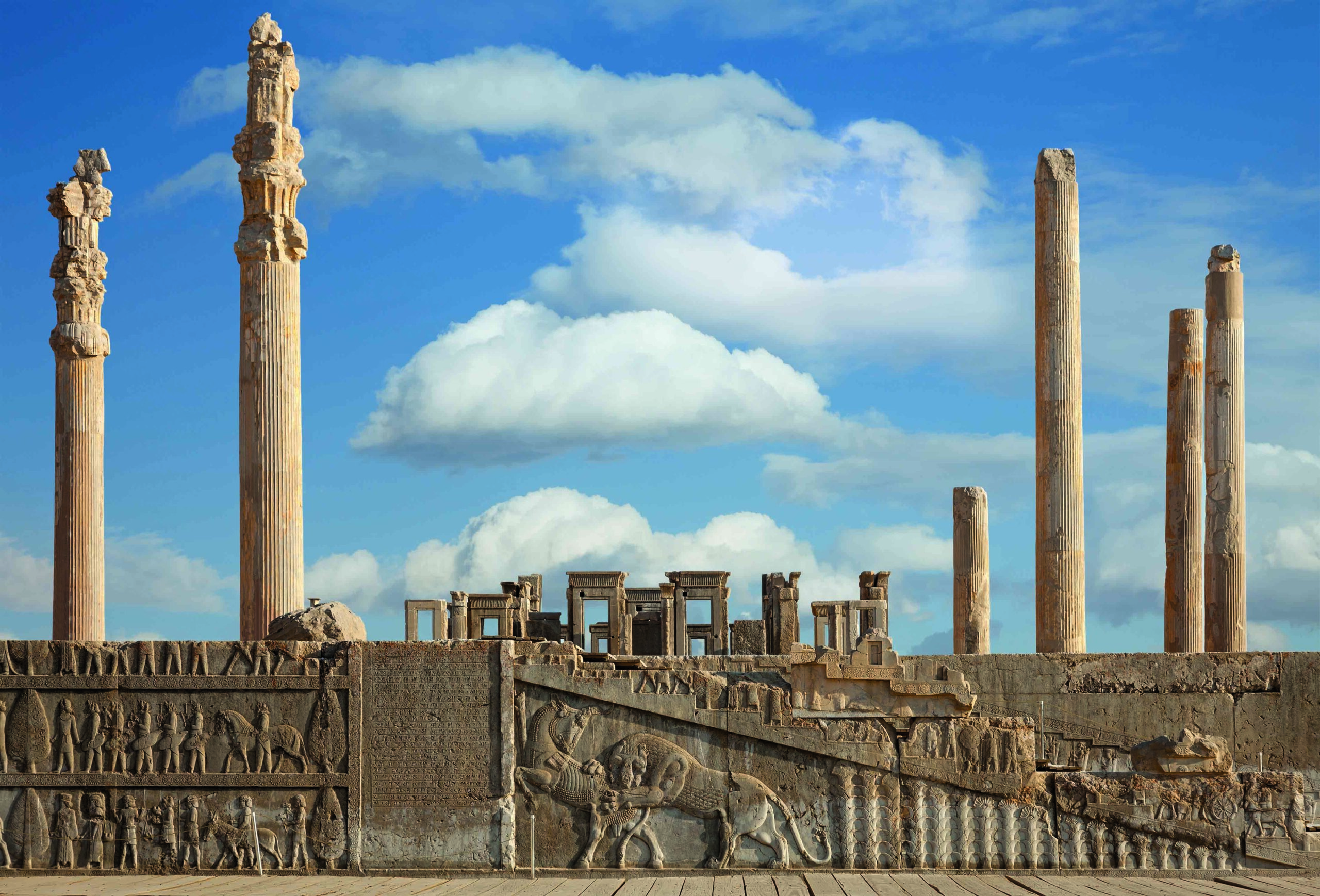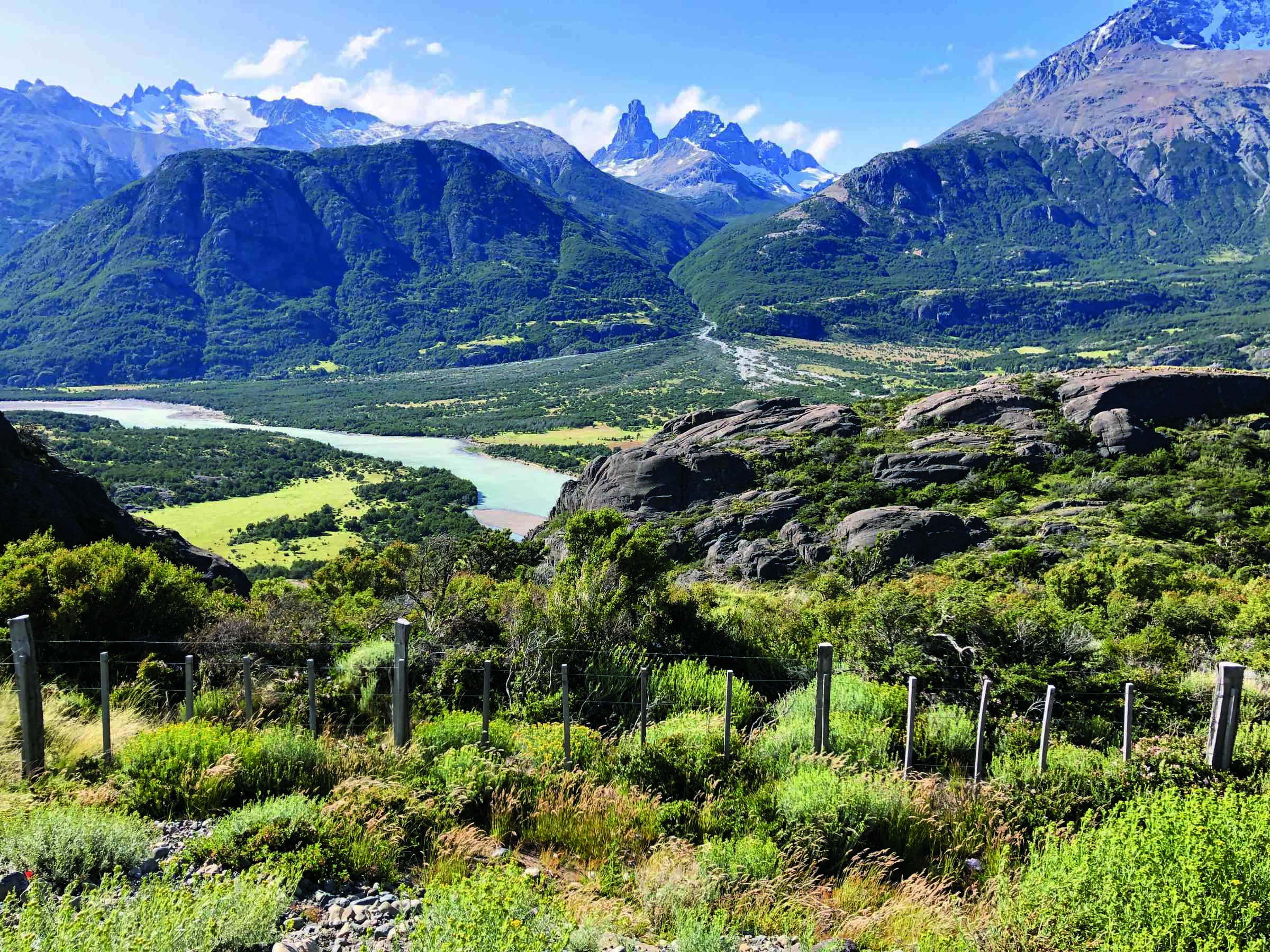
SARSINA, ITALY—A well-preserved Roman temple podium complete with its entrance staircase has been discovered at a construction site in northern Italy, according to a CNN report. The structure, dated to the first century B.C., is thought to have been the base of a large capitolium. “We have unearthed three separate rooms, likely dedicated to the triad of gods Jupiter, Juno, and Minerva,” said archaeologist Romina Pirraglia. The presence of such a temple suggests that the site, which is situated in what is now a remote mountain area near the Savio River and the Tuscan border, had been a trade hub connecting Roman cities in northern and central Italy. Under this Roman-era structure, Pirraglia and her colleagues have found ruins dated to the fourth century B.C. This building is thought to have been constructed by the Umbrians, who lived in the region before the Romans. The researchers also uncovered traces of an ancient water drainage system next to medieval hearths and tombs, showing that the site remained in use for centuries. To read about evidence for the cult of Jupiter Dolichenus uncovered at England's Roman fort of Vindolanda, go to "Hand of God."


